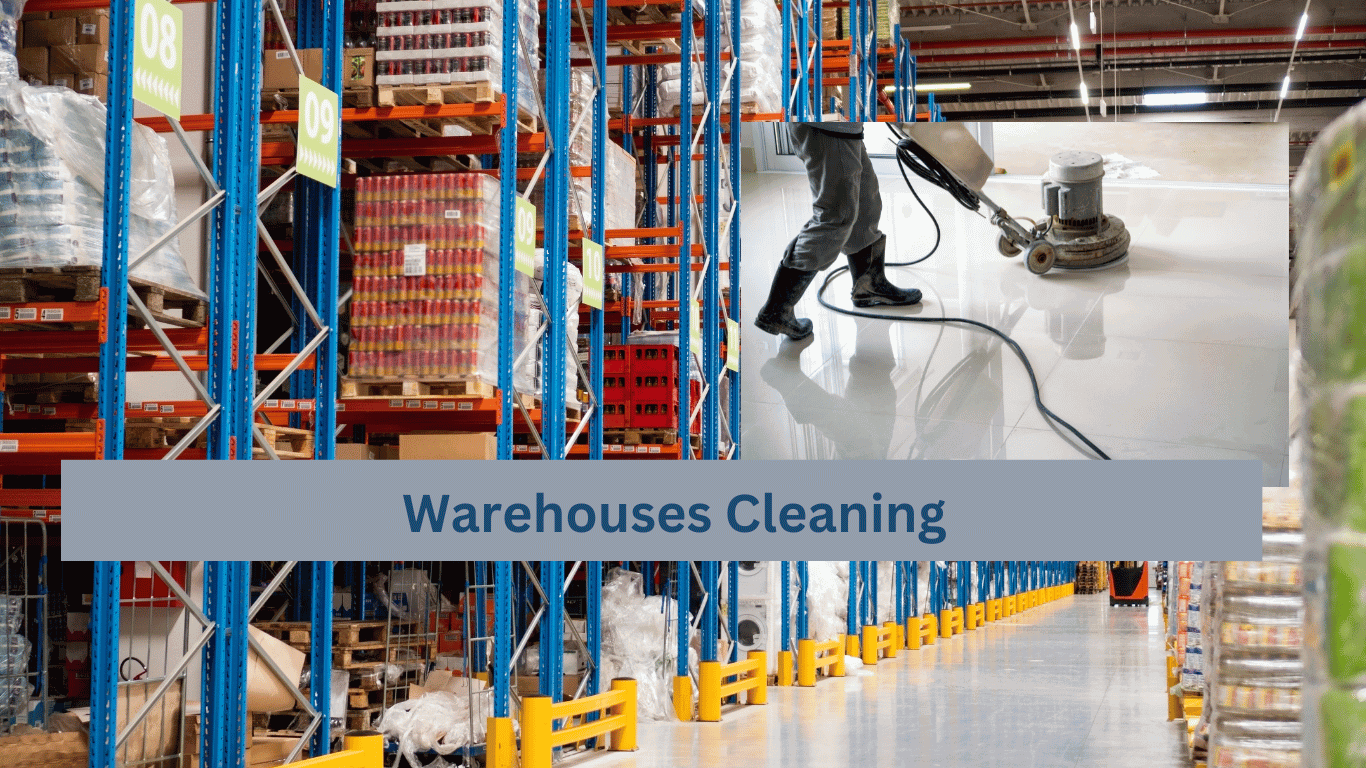When it comes to food, safety and cleanliness are paramount. In this blog, we’ll journey into the specialized realm of food warehouse cleaning, where the stakes are high, and the regulations are stringent. Bright 7 Smart commercial cleaning services Houston utilizes the best practices that go beyond cleanliness to ensure food safety and prevent contamination.
Unique Challenges of Cleaning Food Warehouses
- Temperature Control: Food warehouses often require precise temperature control to keep perishable goods fresh. Cleaning must be conducted without compromising these temperature-sensitive environments.
- Cross-Contamination Risks: Warehouses store a wide range of food items, including allergenic and non-allergenic products. Cross-contamination risks are high and must be managed meticulously.
- Pest Control: Food attracts pests, and warehouses must implement robust pest control measures to prevent infestations. Cleaning practices must align with pest control strategies.
- Regulatory Compliance: Food warehouses are subject to strict regulations, including those set by the FDA and USDA. Compliance is non-negotiable and requires rigorous cleaning protocols.
Stringent Regulations and Food Safety Standards
- HACCP Principles: Implement Hazard Analysis and Critical Control Points (HACCP) principles to identify and control potential hazards in food storage and handling. This systematic approach is a cornerstone of food safety.
- FDA Food Code: Adhere to the FDA Food Code, which provides comprehensive guidelines for safe food handling, storage, and transportation.
- Sanitary Transportation Rule: For warehouses involved in transporting food, compliance with the FDA’s Sanitary Transportation Rule is essential. This rule sets standards for the safe transport of food products.
- Proper Labeling: Ensure accurate labeling of food items to prevent mix-ups and allergen cross-contact. Labels should be clear, accurate, and easy to read.
Best Practices for Preventing Contamination
- Strict Hygiene Practices: Train employees in proper handwashing, personal hygiene, and the use of protective gear such as gloves and hairnets.
- Zoning and Segregation: Implement zoning and segregation strategies to separate allergenic and non-allergenic products. Use designated areas for specific food types to prevent cross-contamination.
- Effective Cleaning Protocols: Develop and follow stringent cleaning protocols that include regular deep cleaning, sanitization, and disinfection of all surfaces, equipment, and storage areas.
- Pest Control Management: Collaborate with pest control experts to establish effective pest prevention strategies and regularly inspect for signs of infestations.
- Temperature Monitoring: Continuously monitor and maintain temperature-controlled environments to ensure food remains at safe temperatures.
Cleaning warehouse is not just about aesthetics; it’s a matter of public health and regulatory compliance. By embracing the unique challenges, adhering to stringent regulations, and implementing best practices, food warehouses can create an environment where cleanliness is non-negotiable, and food safety is prioritized above all else.


